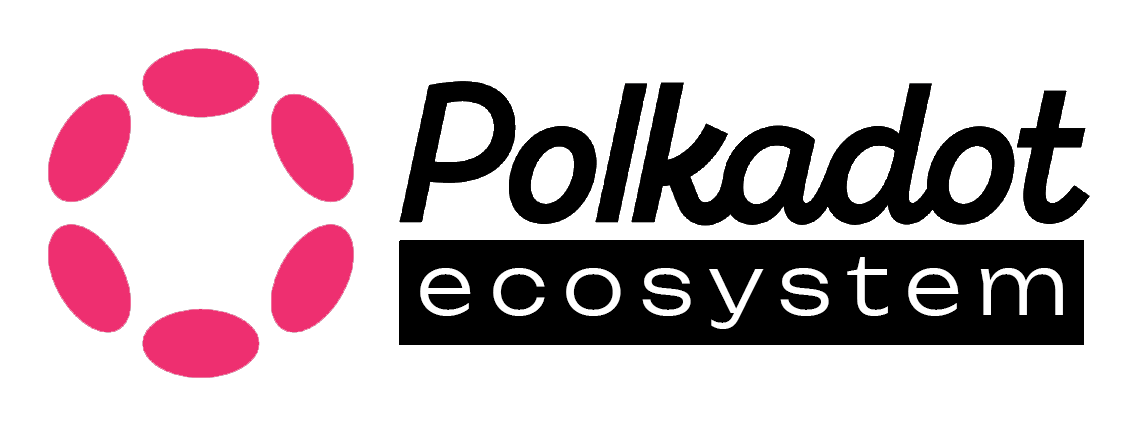JAM Toaster for Testing the Future of Blockchain

Blockchain technology continues to evolve at an unprecedented pace, with scalability and flexibility being two of the most critical factors driving innovation. Among the latest advancements is the development of the JAM chain, a groundbreaking initiative aimed at revolutionizing how blockchains operate. Central to JAM’s development is the JAM Toaster, a large-scale testing platform designed to assess and optimize the performance of this innovative blockchain framework. This article delves into the significance of the JAM Toaster, its role in the testing process, and the insights it provides into the future capabilities of the JAM chain.
Understanding JAM: A New Paradigm in Blockchain Technology
JAM, short for “Join Accumulate Machine“, represents a novel approach to blockchain architecture. Developed as a research and development project initiated by Gavin Wood and Parity Technologies, JAM is designed to address some of the most pressing challenges in the blockchain space, particularly in terms of scalability and flexibility. JAM shifts the paradigm from traditional blockchains by introducing a distributed computing model that can handle complex tasks with greater efficiency.
The JAM Chain: A Shift from Traditional Blockchains
Unlike traditional blockchains that rely on fixed protocols and consensus mechanisms, JAM is built as a distributed computer. This means it can run almost any task that can be expressed as a service, making it highly versatile and adaptable. The JAM chain itself has minimal functionality, with all logic, such as governance, staking, and transaction processing, being handled by services running on top of the chain. This approach allows JAM to provide synchronous composability across heterogeneous services, enabling new forms of interoperability that were previously unattainable.
The Need for Large-Scale Testing
Given the innovative nature of JAM, rigorous testing is essential to ensure its reliability and performance at scale. Small-scale test networks, while useful, are insufficient for understanding the emergent effects and dynamics of operating a network as complex and expansive as JAM. This is where the JAM Toaster comes into play.
The JAM Toaster: A Platform for Comprehensive Testing
The JAM Toaster is a purpose-built testing platform designed to simulate large-scale network conditions and evaluate JAM’s performance under real-world scenarios. Unlike traditional test networks that operate with a limited number of nodes and often run on unreliable hardware, the JAM Toaster is equipped to handle the full scale of the JAM network, comprising over 1,000 nodes.
Objectives of the JAM Toaster
The primary objective of the JAM Toaster is to conduct extensive performance assessments and identify potential bottlenecks or issues that could arise during large-scale deployment. By simulating the full scale of the JAM network, the Toaster allows developers to gain valuable insights into how JAM will perform under various conditions, including high transaction volumes, complex service interactions, and network latency.
Key Components of the JAM Toaster
The JAM Toaster is composed of several key components that work together to create a realistic testing environment:
- Node Simulation: The platform simulates over 1,000 validator nodes, each replicating the behavior of a real node in the JAM network. This large-scale simulation is crucial for understanding the network’s performance dynamics.
- Service Interactions: The JAM Toaster tests the interactions between different services running on the JAM chain. This includes assessing the performance of critical functions like Refine, Accumulate, and onTransfer, which are central to JAM’s operation.
- Network Latency and Throughput: The platform evaluates how JAM handles network latency and throughput, ensuring that the chain can maintain high performance even under adverse conditions.
- Security and Reliability: The JAM Toaster also tests the security and reliability of the network, identifying potential vulnerabilities and ensuring that JAM can withstand various attack vectors.
Insights from Large-Scale Testing
The data and insights gathered from the JAM Toaster are invaluable for developers and stakeholders. Here are some of the key findings from the large-scale testing:
JAM Performance at Scale
One of the most significant insights from the JAM Toaster is how the JAM chain performs under large-scale conditions. The testing revealed that JAM could handle a substantial number of transactions and service interactions simultaneously without significant degradation in performance. This finding is crucial for validating JAM’s potential as a scalable solution for future blockchain applications.
JAM Flexibility and Composability
The testing also highlighted JAM’s flexibility and composability. By allowing services to run independently on the chain, JAM enables developers to create highly modular and adaptable applications. This composability is further enhanced by JAM’s ability to synchronize services across the network, ensuring seamless interoperability.
JAM Security Considerations
Security remains a top priority for any blockchain network, and the JAM Toaster plays a critical role in identifying potential vulnerabilities. The testing platform has been instrumental in stress-testing JAM’s security mechanisms, including its consensus model and service entry points. The findings have led to several optimizations, ensuring that JAM remains secure and resilient against various threats.
Potential for Future Development of JAM
The insights from the JAM Toaster have also informed the future development of JAM. By identifying areas for improvement, developers can refine the architecture and enhance the chain’s performance. This iterative process is essential for ensuring that JAM continues to evolve and meet the demands of an ever-changing blockchain landscape.
The Future of JAM: Beyond Testing
With the successful testing conducted by the JAM Toaster, the next step is to prepare for JAM’s deployment and integration into the broader blockchain ecosystem. The insights gained from the testing phase will guide the final adjustments to the JAM chain, ensuring it is ready for real-world applications.
JAM’s Impact on the Polkadot Ecosystem
JAM is poised to have a significant impact on the Polkadot ecosystem, potentially serving as a successor to the current Relay Chain. By offering a more flexible and scalable environment, JAM could enable the development of more sophisticated and efficient blockchain applications, further solidifying Polkadot’s position as a leading blockchain platform.
Integration with Existing Technologies
JAM’s design allows for seamless integration with existing blockchain technologies, including those within the Polkadot ecosystem. This compatibility ensures that developers can transition to JAM without needing to overhaul their existing infrastructure, making it an attractive option for both new and established projects.
Conclusion
The JAM Toaster provides the necessary platform for large-scale testing and performance evaluation of JAM Chain. The insights gained from this testing phase have been instrumental in refining JAM’s architecture and preparing it for future deployment. As JAM continues to evolve, it promises to bring unprecedented scalability and flexibility to the blockchain space, paving the way for a new generation of decentralized applications.
The successful implementation of JAM could revolutionize how blockchains operate, offering a more efficient and adaptable solution for developers and users alike. As the blockchain landscape continues to grow, innovations like JAM will play a crucial role in shaping the future of decentralized technology.

